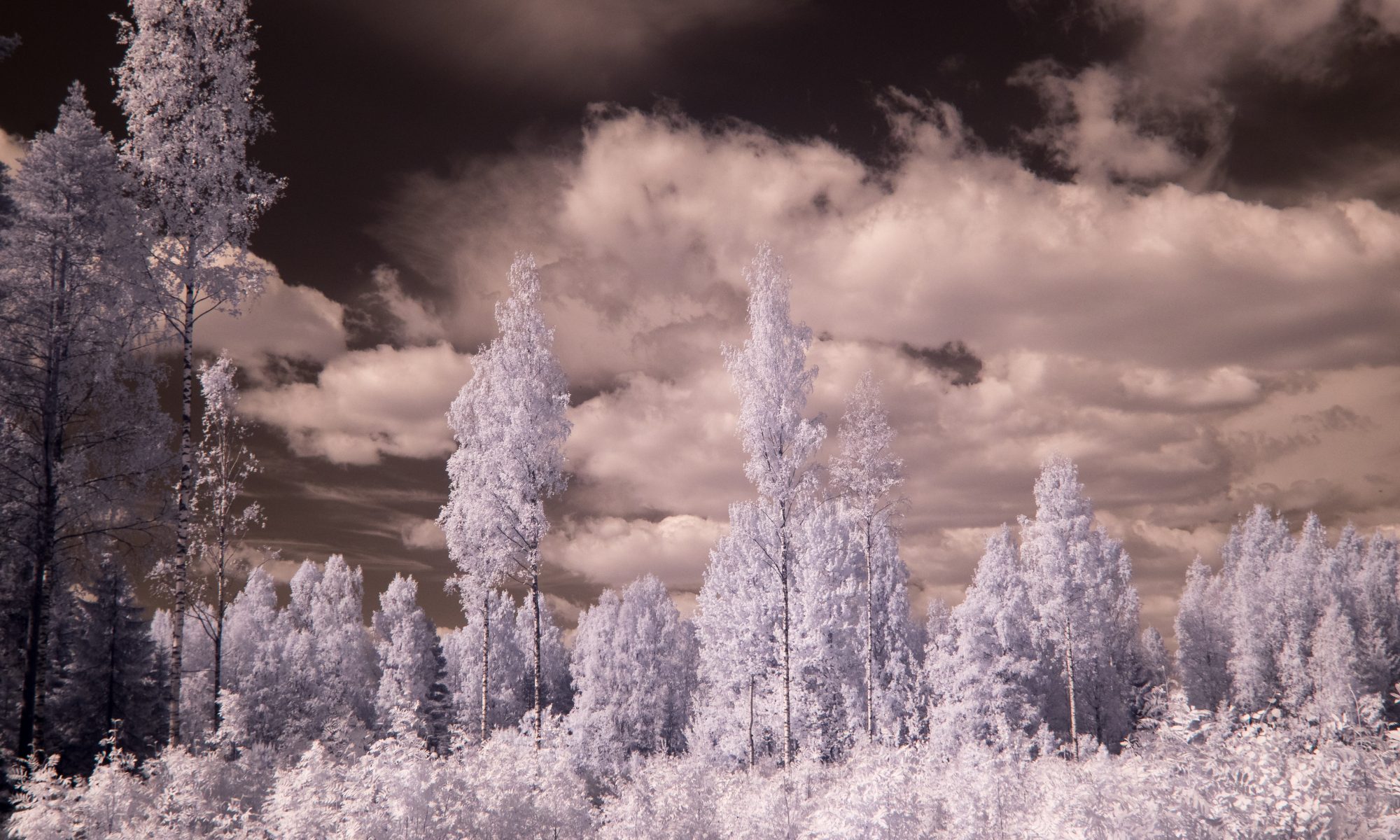I ordered a Delta-T BF5 sensor. This sensor measures PAR, but with a twist. It measures separately direct and diffuse radiation. It should arrive in approximately 3 weeks time.
See the description in Delta-T’s web pages for more information.

Sensory and Physiological Ecology of Plants
Decoding the acquisition and use of information by wild and cultivated plant species
I ordered a Delta-T BF5 sensor. This sensor measures PAR, but with a twist. It measures separately direct and diffuse radiation. It should arrive in approximately 3 weeks time.
See the description in Delta-T’s web pages for more information.
The Maya Pro has had the optical bench realigned to optimize performance in UV-B region of the spectrum. Also the aperture has been replaced with a new smaller custom aperture. From the figures sent by the Ocean Optics people, performance seems to have been improved significantly. Our Maya Pro is on its way to Helsinki. Of course, Lasse Ylianttila will have to recalibrate it before it can be used.
The people from Ocean Optics have been very helpful and have offered to check our Maya Pro and re-align the optics to try to improve its performance. I should note that the current performance is within specifications, we are just trying to tune the spectrometer to perform at its very best in the UV-B region. So after the end of summer campaign the Maya Pro will be sent to Ocean Optics.
We fetched the Maya from STUK two days ago. Performance for measuring effective UV doses is not as good as we had expected. We may have to send it back to Ocean Optics for checking… It is usable for doses if one is very careful, and very good for measuring unweighted UV and visible spectral irradiances. It should be very good for its main intended use, measuring spectral irradiance in plant canopies.
Our new Maya 2000 Pro is back at Lasse Ylianttila’s lab for calibration with the new Bentham D7-H-SMA cosine diffuser. We will get it back soon. We have been in touch with Ocean Optics about the bad stray light performance. They think that one reason for this is that our instrument has the HC-1 grating with a very wide spectral measuring range of 200 to 1100 nm. For our planned measurements we do need a range of at least 250 to 900 nm, but they think that UV-B performance would have been better with a grating with the upper limit at 650 nm. The problem can be overcome by measuring the stray light using an UV blocking filter, but this adds one more step to each measurement. As we do need to measure both UV and visible radiation probably there would not be any better instrument available, at least from Ocean Optics, for doing our measurements. However, for measuring UV-B alone this is not the handiest instrument.
We expect to start using the Maya in a few weeks time to measure sunlight outdoors and in greenhouses, and later on within plant canopies. Measuring spectra and temporal variation of light quality within canopies could be an interesting MSc thesis project. Please, contact me if you are interested.
I just installed this program, and did a test run. Looks great for beta software. Replaces the whole R GUI. I am especially interested in Sweave support that is rather flaky in Tinn-R or requires a lot of setting changes in WinEdt. I will write again after some more testing. It is available for download at http://rstudio.org/ where there is also some documentation.
Lasse Ylianttila has now developed an stray light correction algorithm for our Ocean Optics Maya 2000 Pro, and done the necessary calibrations and slit function measurements with different lasers. Developing an stray light correction for the Maya was more complex as, unexpectedly, this top-of-the-range model behaved worse with respect to stray light than the cheaper and older Ocean Optics S2000. We are still waiting for the Bentham cosine diffuser to be delivered, but meanwhile Lasse has lent us an Ocean Optics diffusser. The spectral irradiance calibration will need to be repeated when we get our own diffuser.
The spectroradiometer arrived today. Looks very nice!
The cosine diffuser has not yet arrived.
After careful research and comparison of the available instruments within our budget, I ordered:
Ocean Optics Maya 2000 Pro, grating #HC1, 10 um slit, order sorting filter (range 200-1100 nm, resolution 0.8 nm FWHM).
2 m fibre
Bentham D7-H-SMA cosine diffuser
ThinkPad laptop
Delivery and calibration will take until beginning of 2011.
If you can read Finnish, read this book. Otherwise at least look at the figures. Highly recommended to any one working with UV radiation or light. The pdf files are freely available on-line.
Ultravioletti- ja lasersäteily from STUK (Radiation and Nuclear Safety Authority Finland). Lasse Ylianttila is co-author of several chapters.